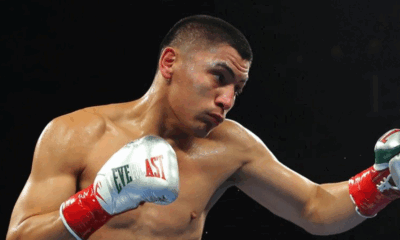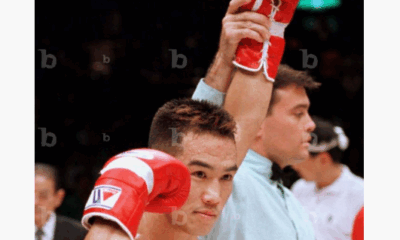Featured Articles
This Day in Boxing History: From St. Louis to Buenos Aires
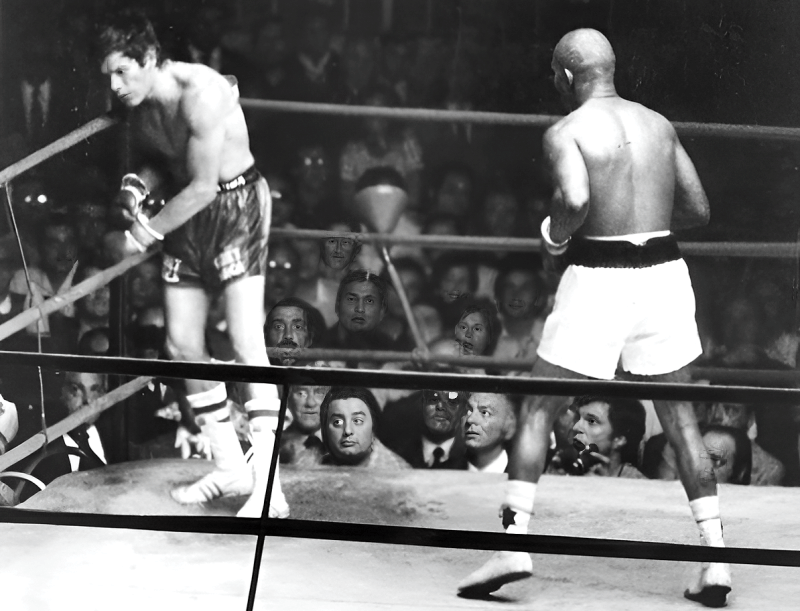
This Day in Boxing History: From St. Louis to Buenos Aires
November 11th may not be etched in neon like fight-night Saturdays in Vegas, but look close enough and you’ll find that this date has witnessed moments that reveal the sport’s enduring character: ambition, adaptation, and the stubborn will to survive.
Let’s go back over one hundred years to November 11, 1901, when Harry Forbes, a 22-year-old Chicago native, captured the world bantamweight title by knocking out Danny Dougherty in the second round in St. Louis. In the early days of gloved prizefighting—when the line between “world” and “regional” champion was drawn more in ink than authority—Forbes’ win still stood out. He was compact, fast, and aggressive, the sort of fighter who made his name in the hard circuits of the Midwest. His victory was decisive, the kind that didn’t leave room for argument. It’s the sort of fight that probably filled a few newspaper columns and then vanished into the archives—but it marked the moment Forbes joined the short list of recognized champions in an era when recognition itself was half the fight.
Jump ahead seven decades to November 11, 1972, and the stage could not be more different. The lights of Buenos Aires’ Luna Park gleamed on a global sport, televised and organized, and Carlos Monzón—stoic, cold, and utterly efficient—stood as the unified middleweight champion of the world. That night, he defended his WBA and WBC titles against Philadelphia’s Bennie Briscoe, a fighter as tough as his nickname, “Bad Bennie,” suggested. For fifteen rounds, the two traded control. In the ninth, Briscoe landed a thunderous right hand that rattled Monzón badly. But Monzón did what great champions do—he recalibrated. The final rounds were all business: crisp jabs, disciplined movement, and the unyielding composure that would define his reign. He left the ring with his belts, his record intact, and his legend reinforced by resilience.
What ties Forbes and Monzón together—separated by generations, continents, and eras of boxing—is that both defined themselves on November 11th. Forbes seized his title with youthful certainty; Monzón reaffirmed his supremacy through grit. The date may not carry the glamour of Madison Square Garden in June or a Las Vegas showdown in May, but it embodies something central to boxing’s essence: the sport’s real milestones often happen in the margins, in the nights that don’t get documentaries but still tell you everything about what makes fighters human.
In the hyper-marketed landscape of modern boxing, where attention spans are shorter than a ten-second clip on social media, it’s easy to forget that greatness is rarely loud. November 11th reminds us that boxing’s history isn’t only written in pay-per-view numbers or highlight reels—it’s also in the grainy black-and-white photos of a bantamweight’s triumph in 1901 and in the muted television footage of a champion retaining his belts in 1972. The sport endures not just through spectacle, but through moments of quiet assertion, when fighters step into the ring and—on some seemingly ordinary night—make history.
-
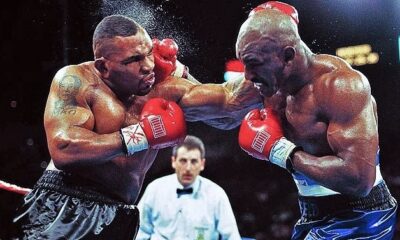
 Featured Articles2 days ago
Featured Articles2 days agoThis Day in Boxing History: Surprise, Legacy, and Transition
-

 Featured Articles2 weeks ago
Featured Articles2 weeks agoThis Day in Boxing History: Georges Carpentier Passes Away and the Night Wilfredo Gómez Lit Up San Juan
-

 Featured Articles3 weeks ago
Featured Articles3 weeks agoResults from South Padre Island where Lourdes Juarez Defeated Yesica Nery Plata
-
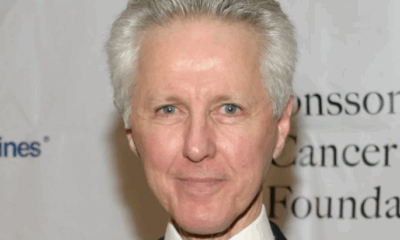
 Featured Articles4 weeks ago
Featured Articles4 weeks agoAlex Wallau: A Personal Remembrance
-
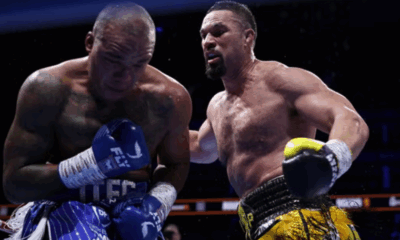
 Featured Articles2 weeks ago
Featured Articles2 weeks agoIron-Chinned Fabio Wardley TKOs Joseph Parker in a London Humdinger
-

 Featured Articles22 hours ago
Featured Articles22 hours agoThis Day in Boxing History: Fights that Made November 10th Unforgettable
-

 Featured Articles4 weeks ago
Featured Articles4 weeks agoEchoes of Randy Turpin in Ricky Hatton’s Sad Demise
-
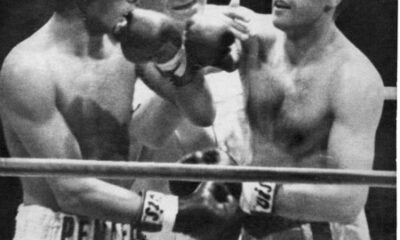
 Featured Articles4 days ago
Featured Articles4 days agoThis Day in Boxing History: Monzón’s Rise and Leonard’s Redemption



